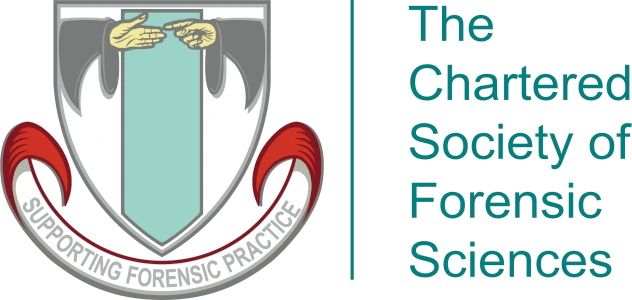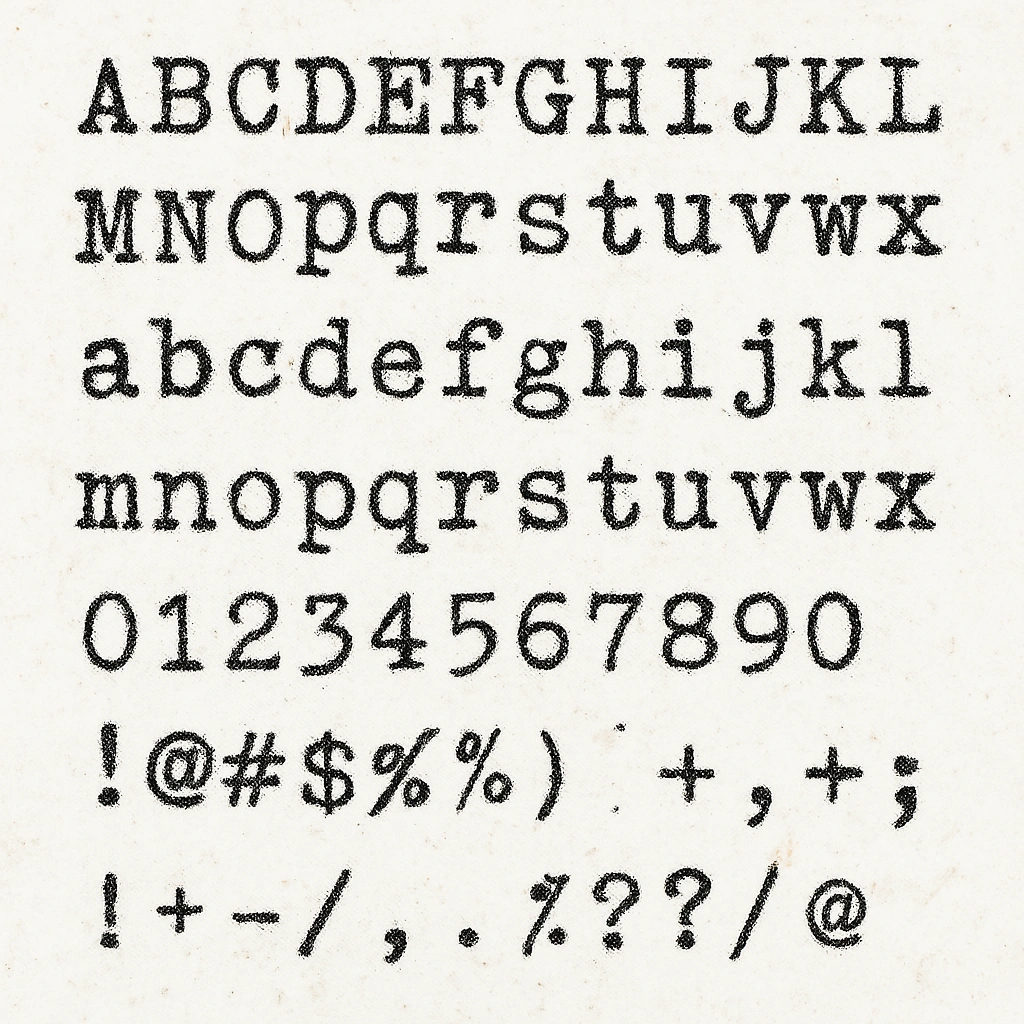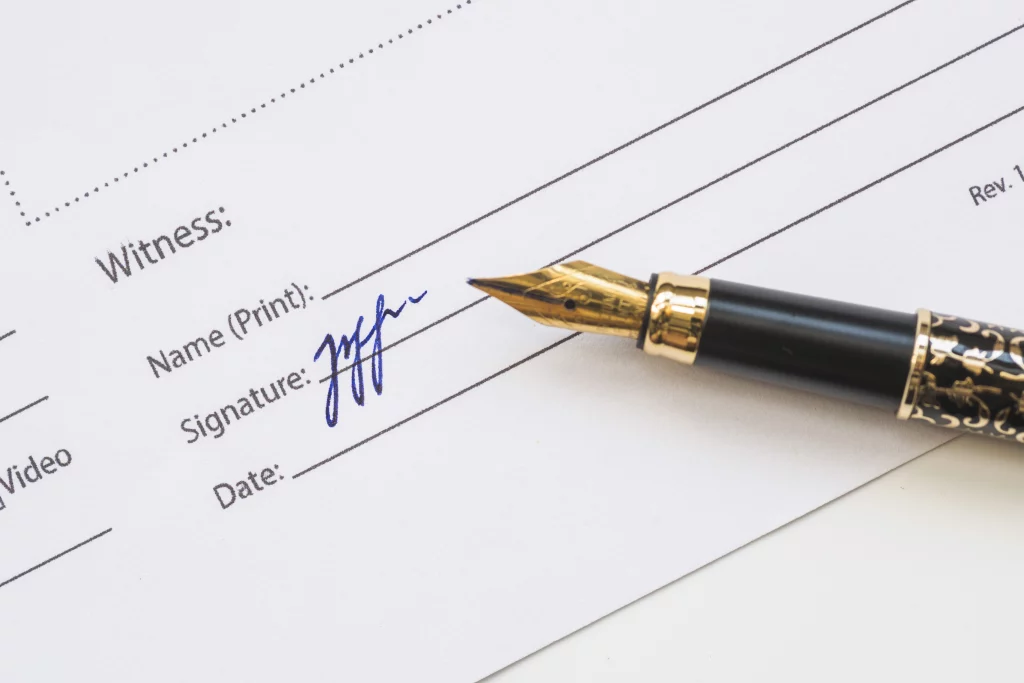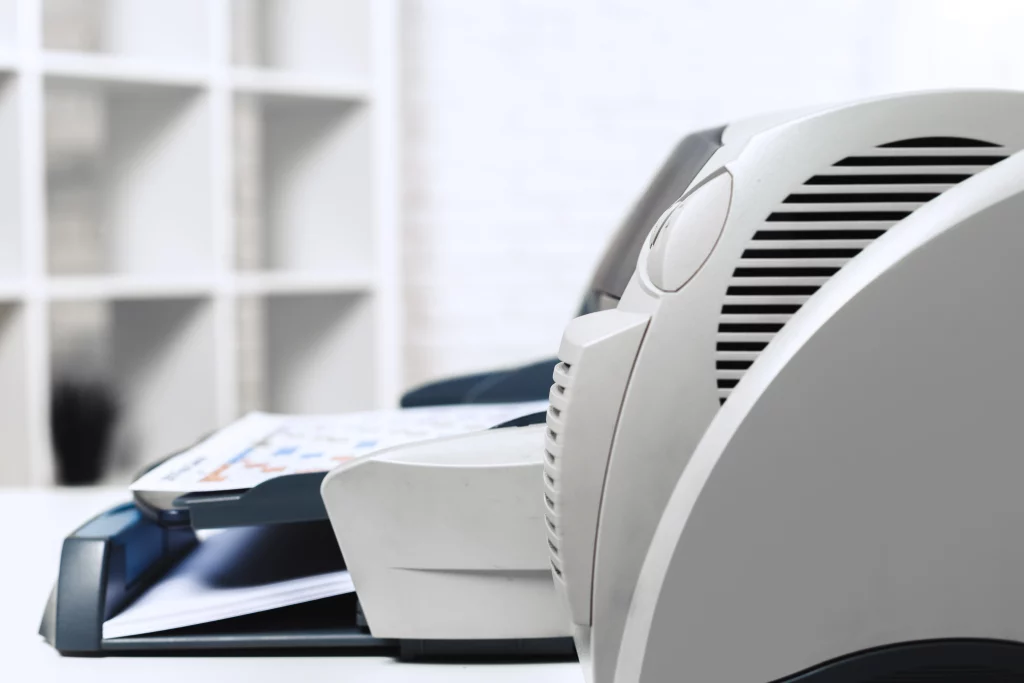Security and Identity Document Examination
Verify Authenticity and Detect Tampering in Security and Identity Documents.
What is Security and Identity Document Examination?
Security and identity document examination is essential for safeguarding against fraudulent activities. It combines advanced technology with expertise to detect counterfeits and verify critical documents such as passports, driver’s licenses, national identity cards, visas, currency, cheques, credit cards, and other controlled documents. These documents often include security features designed to prevent tampering.
Why Choose Us
Unmatched Forensic Expertise
Recognised Court Authority
Legal-Grade Examination
How the Process Works
Forensic examiners use techniques to detect alterations, verify document origin, and identify forgeries. This is vital in preventing identity theft and fraud. Key focus areas include security feature verification, document and paper examination, alteration/forgery checks, document structure and printing process examination, and examination under UV and infrared light. Tools like Video Spectral Comparators (VSC), microscopes, and UV/IR light sources are used.
General Questions
What types of documents are examined in security and identity document examination?
Security and identity document examination focuses on determining the authenticity of high-value items such as passports, driver’s licenses, national identity cards, social security cards, visas, currency, cheques, credit cards, professional certificates, and other forms of controlled documents.
What are some common security features checked during examination?
Common security features checked include watermarks, security threads, holograms, and microtext, among others.
How does security and identity document examination help prevent fraud?
By verifying the authenticity of documents and detecting alterations, this examination plays a crucial role in preventing fraud and ensuring the integrity of official records.
Acreditations


Aserve has used Forensic Docexam Ireland for years on a range of cases requiring handwriting analysis. Michael’s work is consistently excellent and ensures that reliable results are delivered for our clients. We would have no hesitation in recommending Forensic Docexam Ireland for anyone requiring handwriting analysis as the work is best in class”
Eoin Tully
CEO of Aserve Investigators Ltd
Michael was recommended to me by a retired Forensic Document Examiner I had used previously who had since retired. I have since used Michael for expert, Forensic Document Examination and Handwriting Comparison work for High Court proceedings. I found Michael to be very thorough and his expert report presented in an easy-to understand manner. It was also turned around very quickly when needed”
Gavin Simons
AMOSS LLP
I spent three years searching for a Forensic Expert in Ireland and many other countries. They all replied, but were afraid to tackle the corruption at the highest level of our society in Ireland. Michael Moore stepped up to the challenge. His work is independently fearless, professional, accurate and in my case a game changer. I sincerely thank Michael for his professional ability and independence”
Mr P. Morrissey



